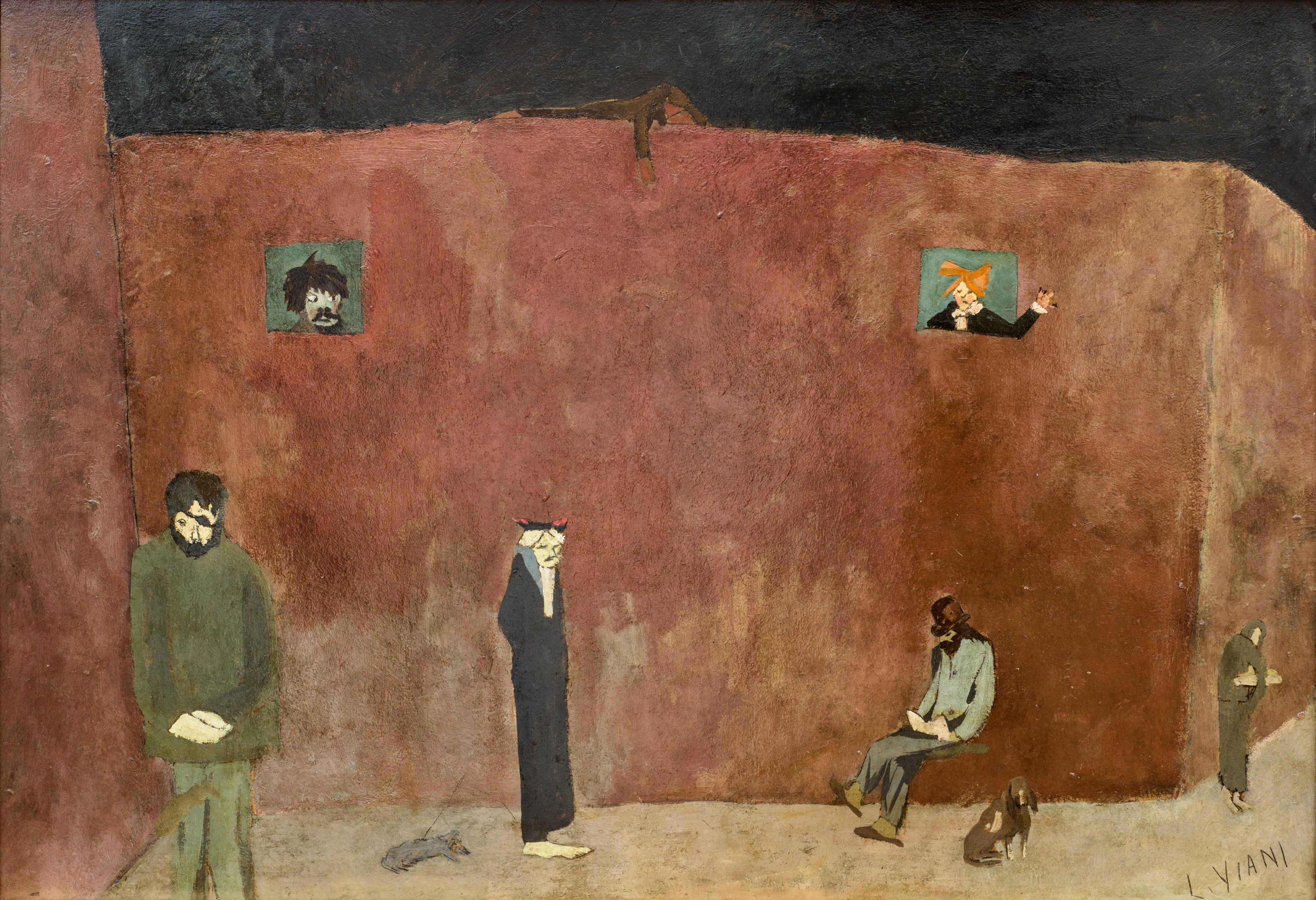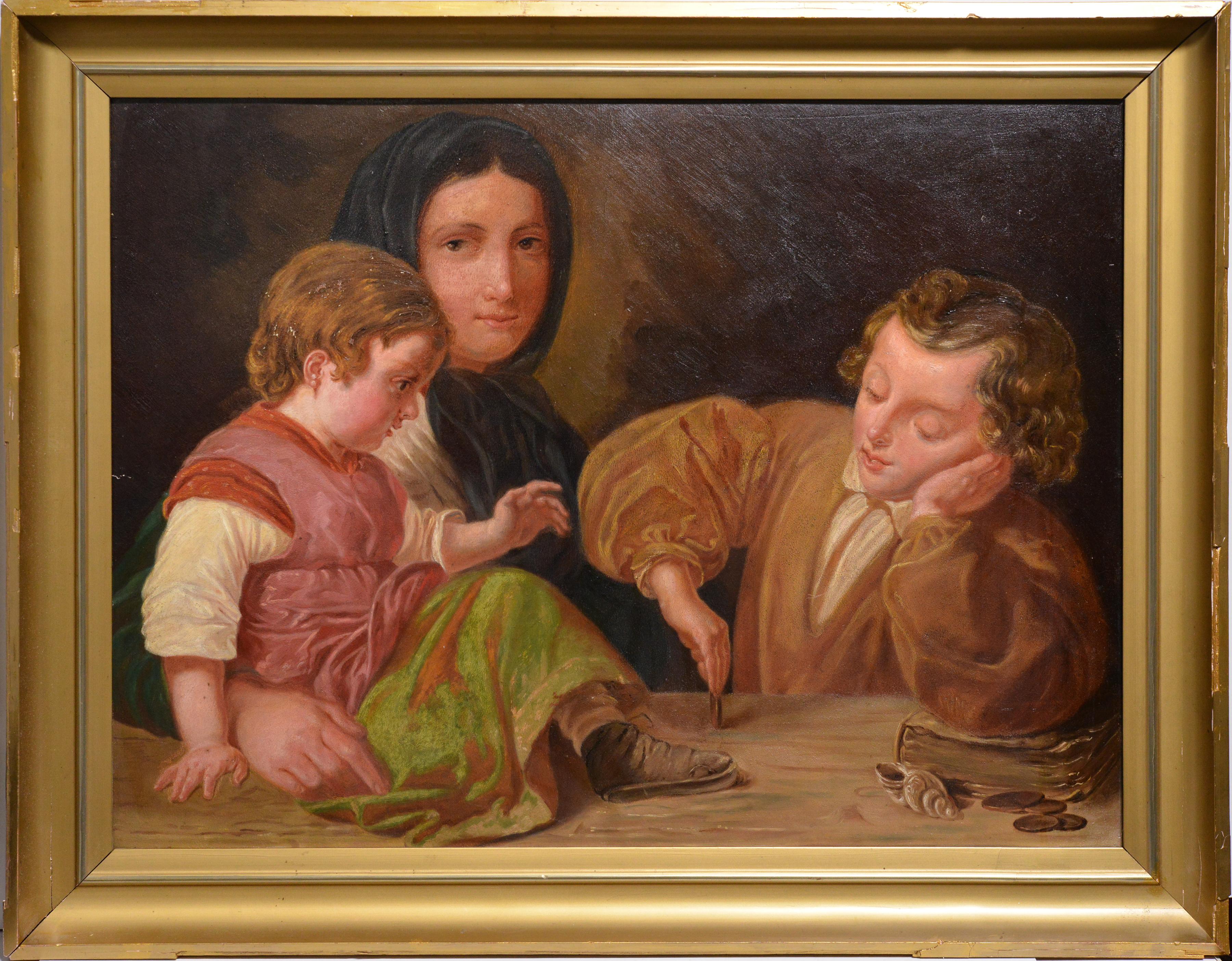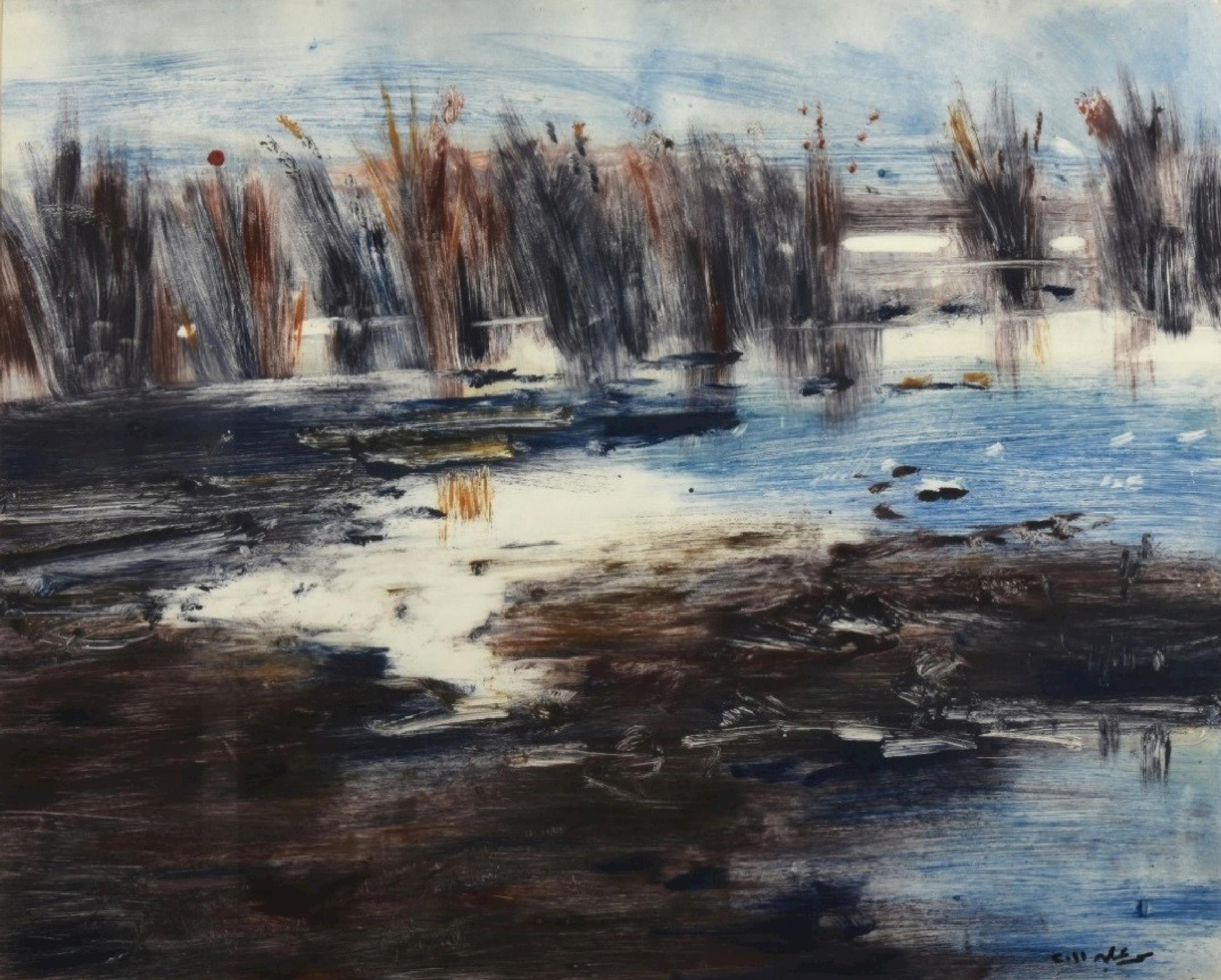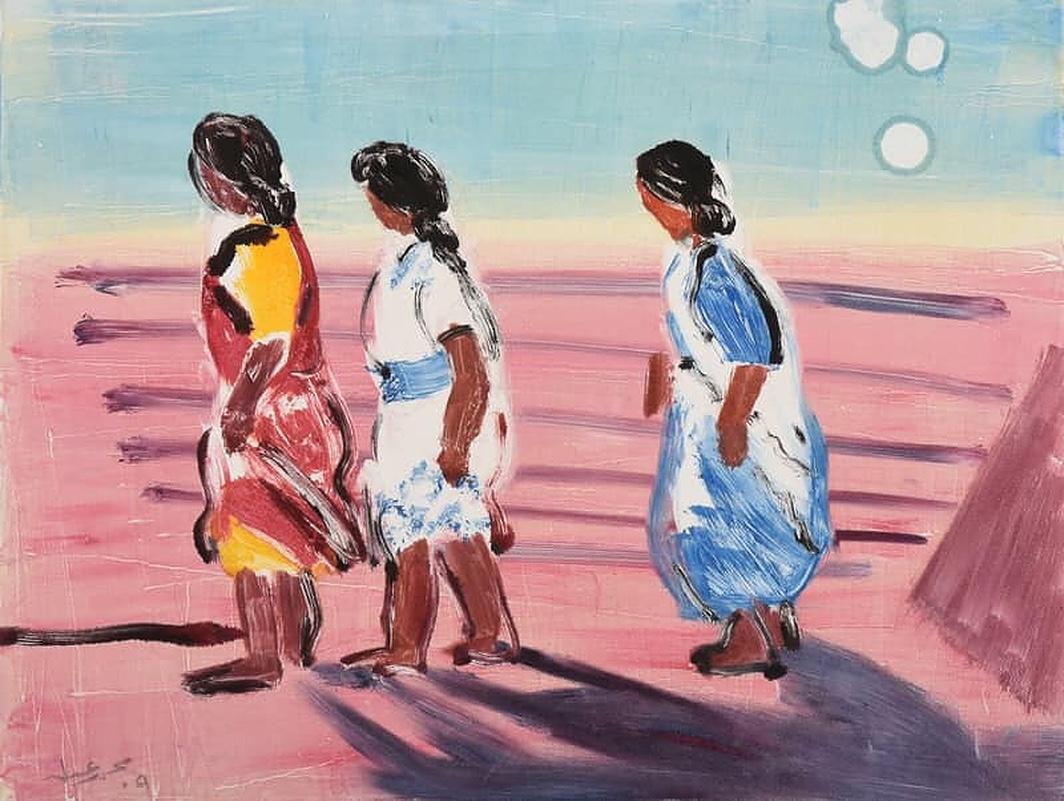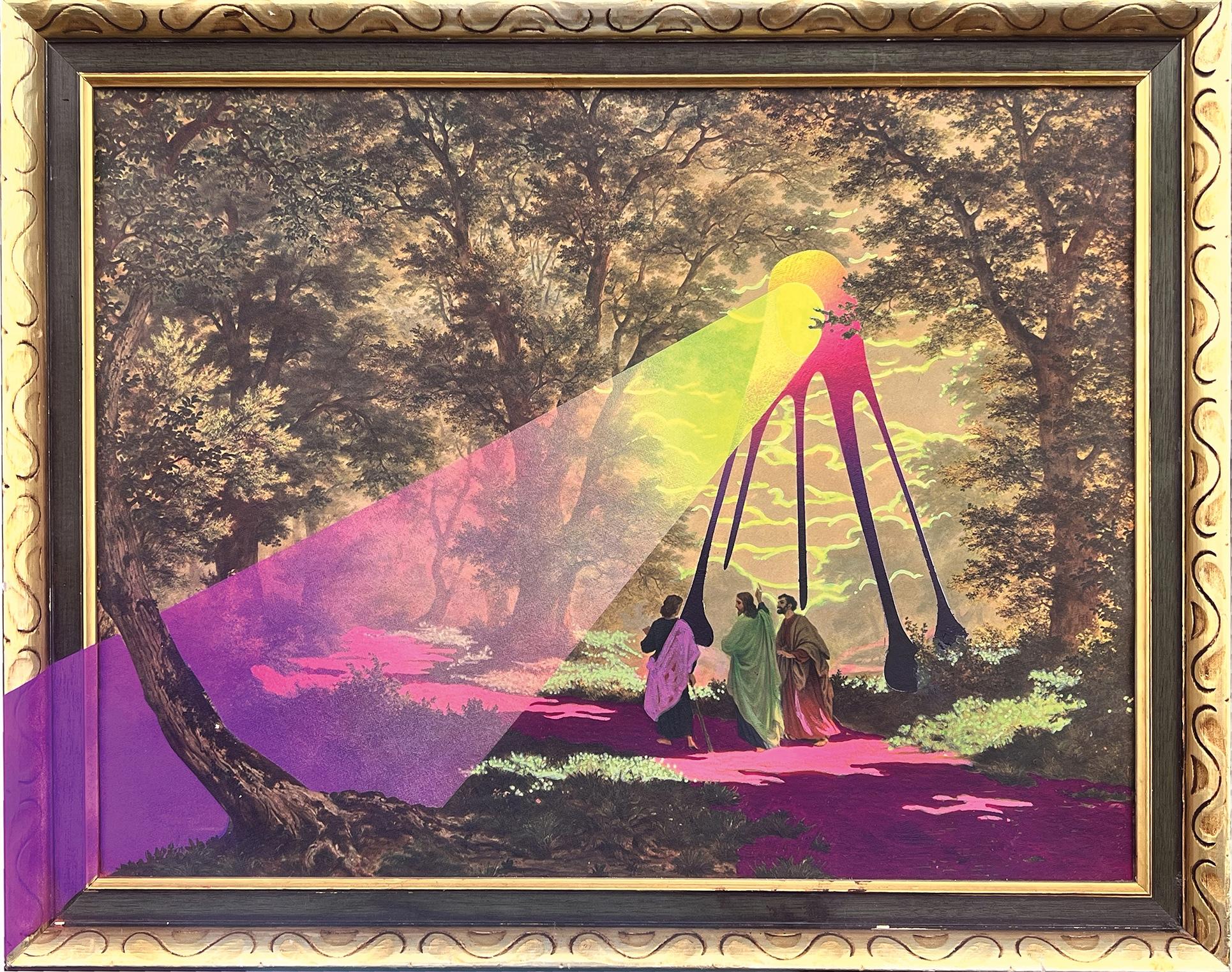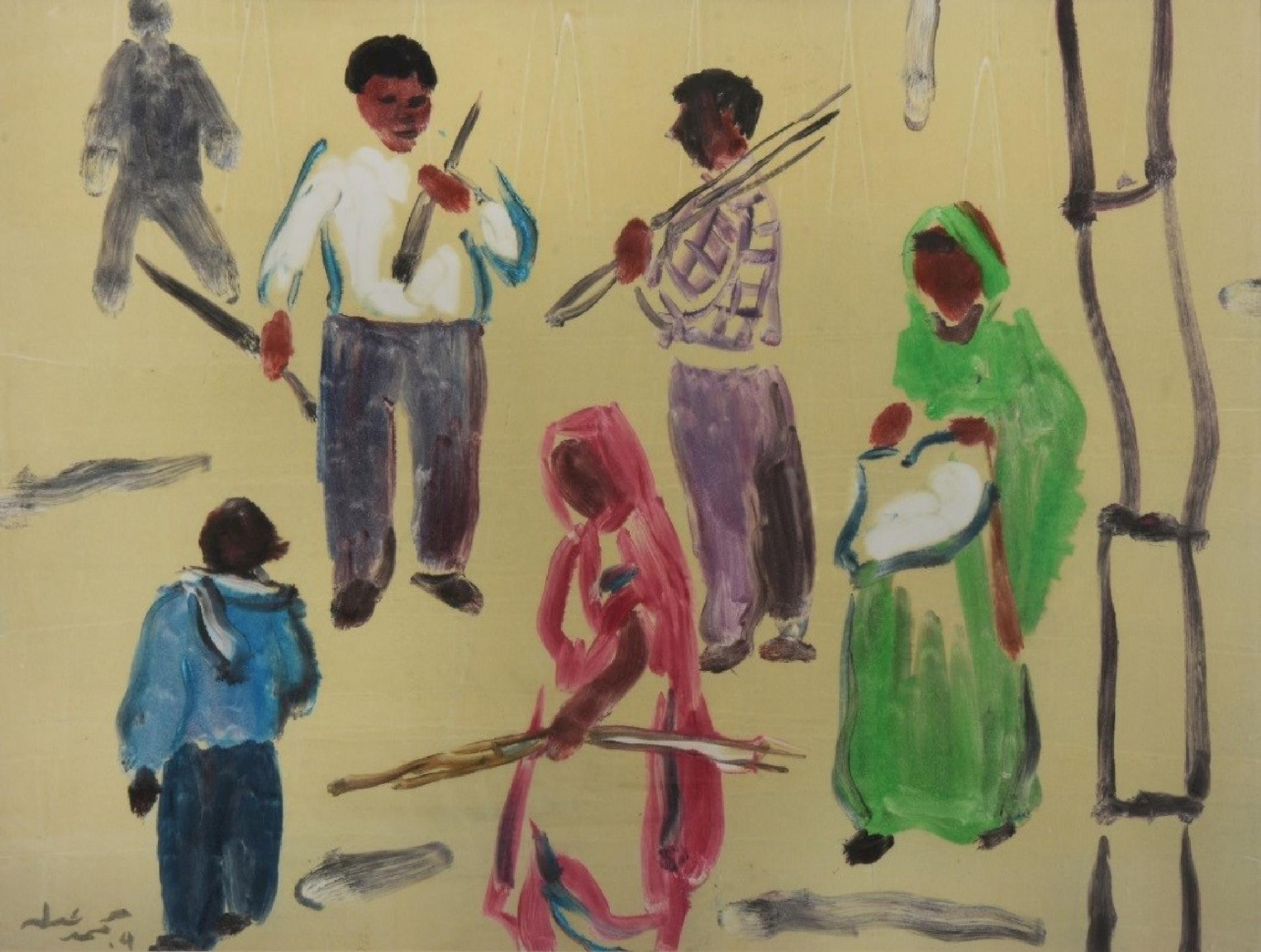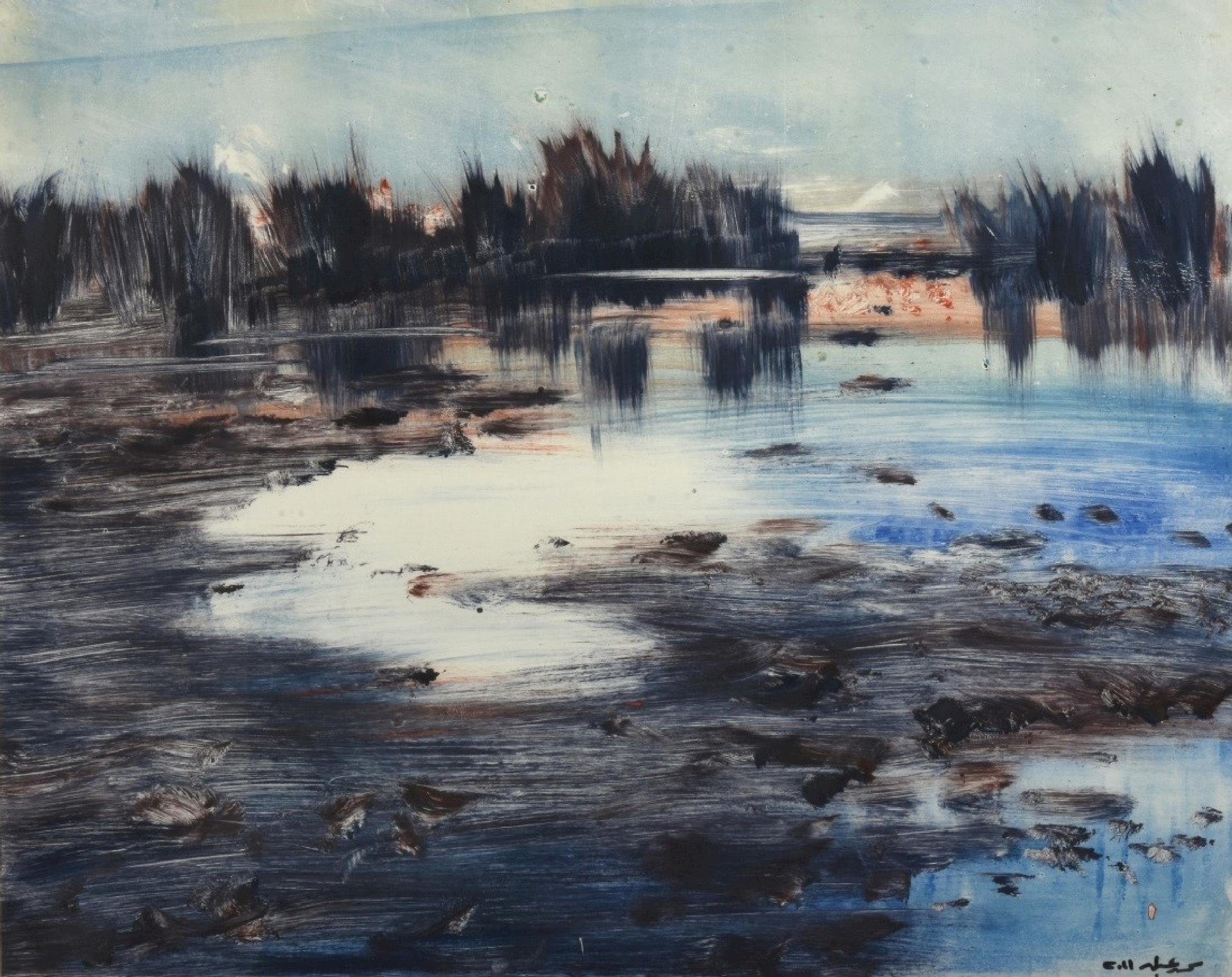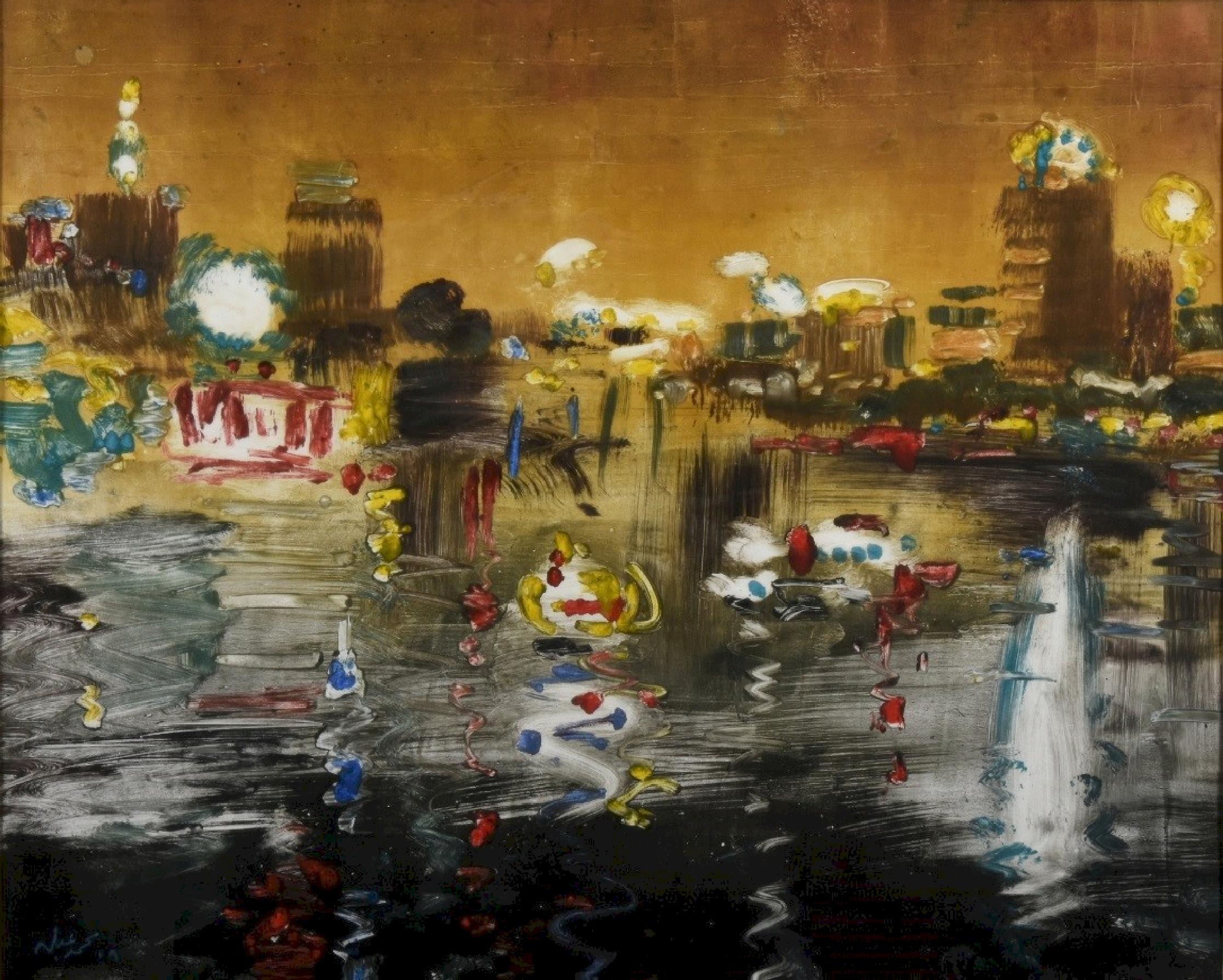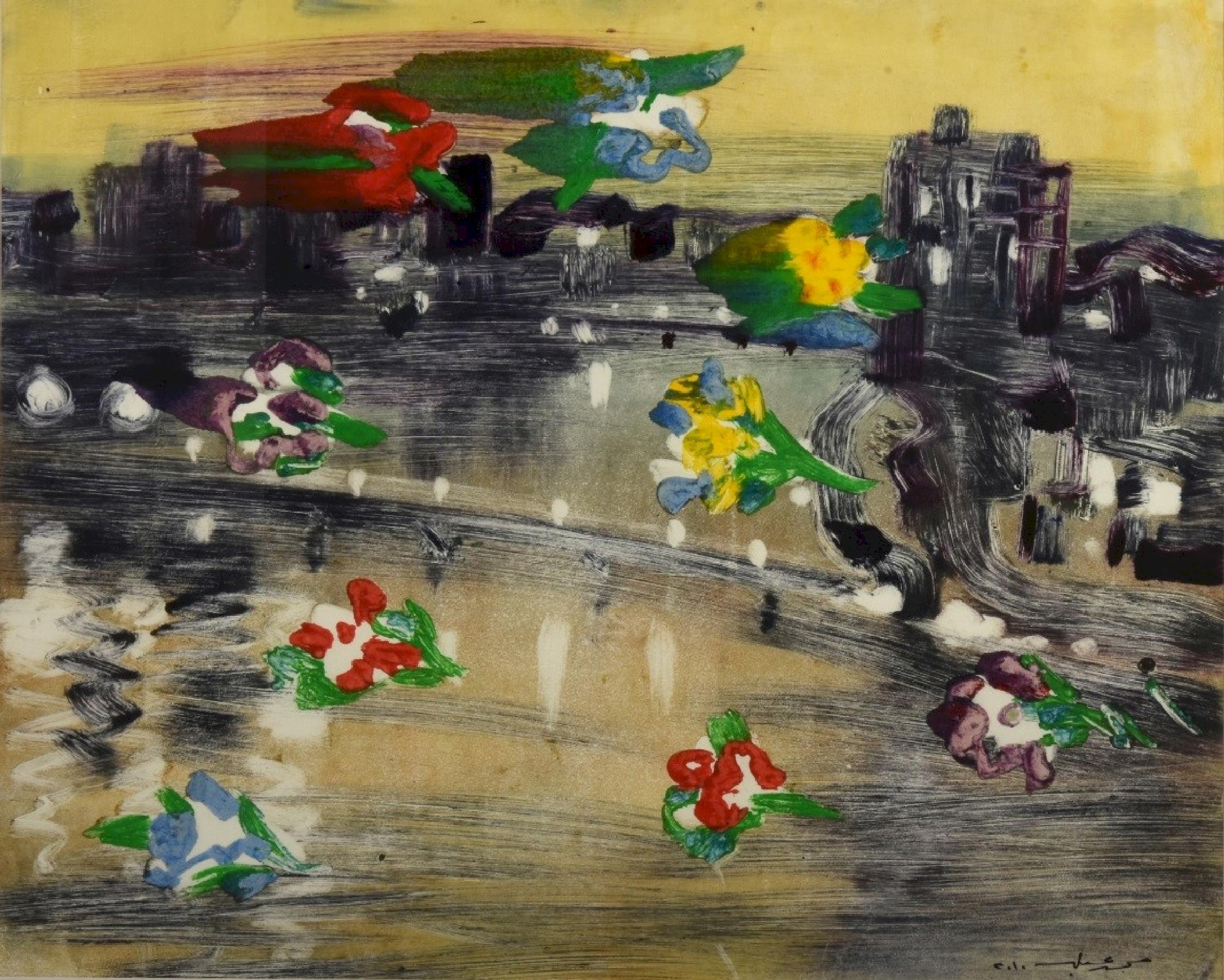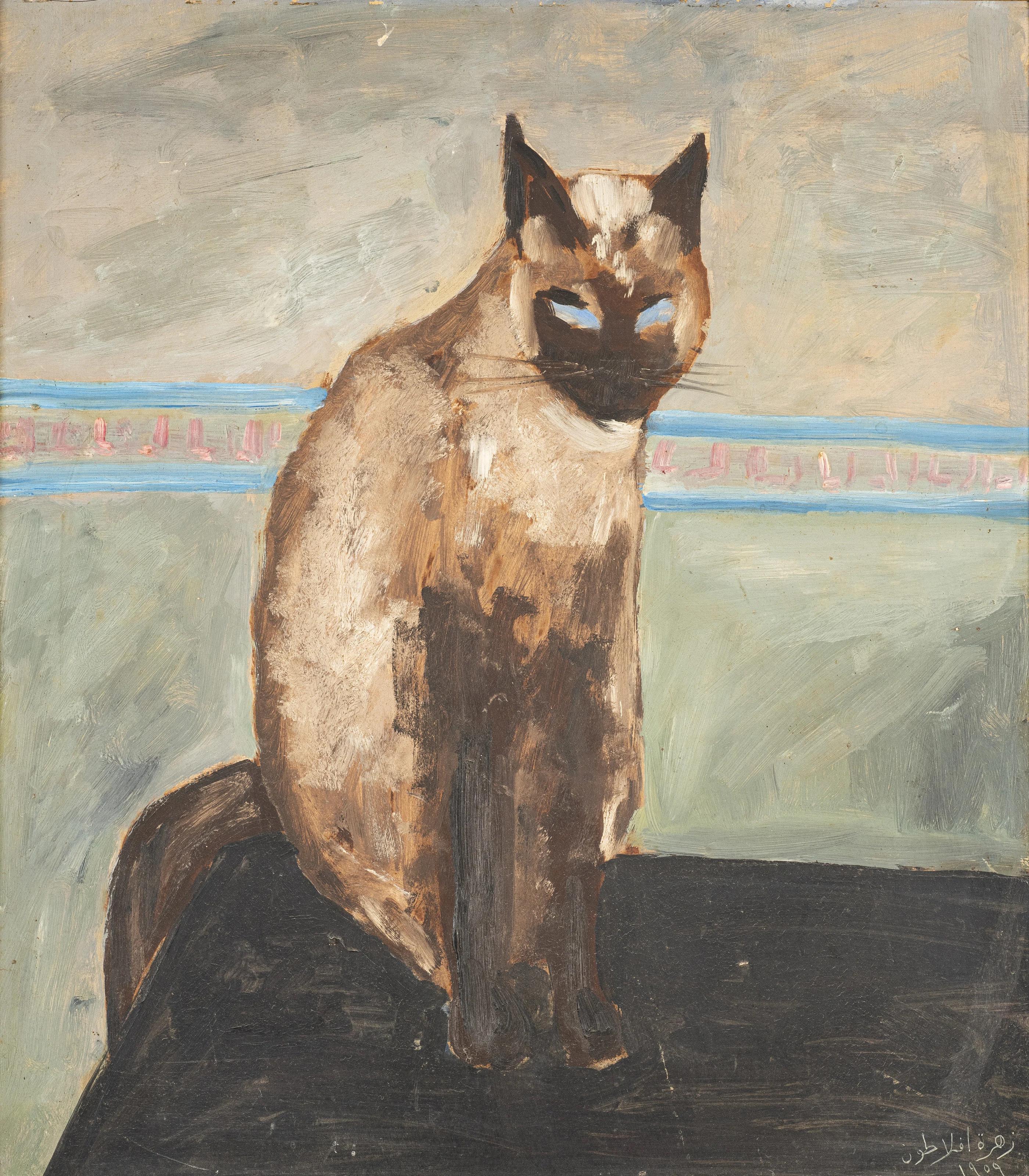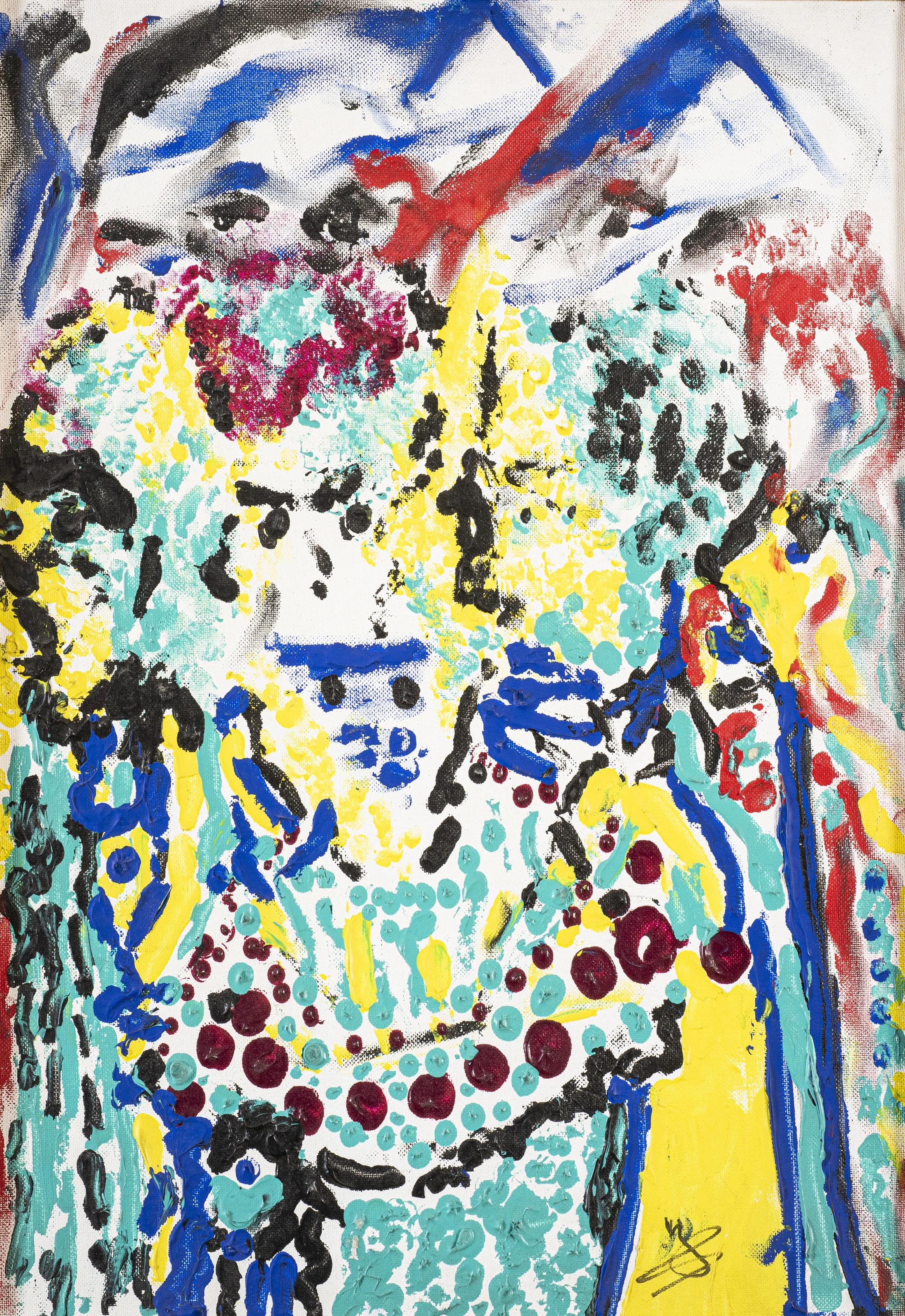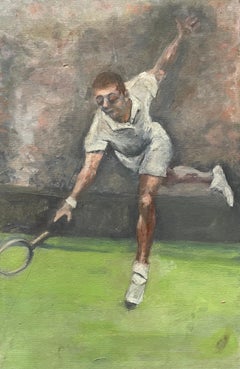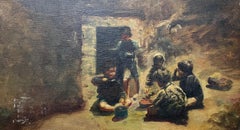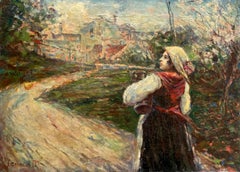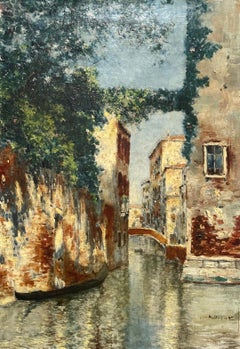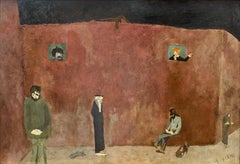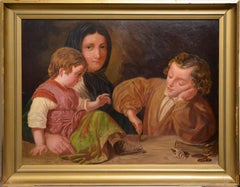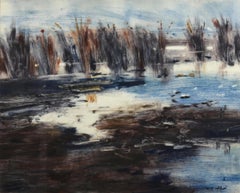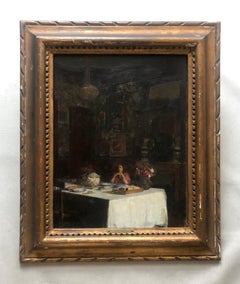
Andre Devambez, "l'Attente", Waiting, Interior Scene
View Similar Items
Want more images or videos?
Request additional images or videos from the seller
1 of 14
André DevambezAndre Devambez, "l'Attente", Waiting, Interior Scene
$4,771.98List Price
About the Item
- Creator:André Devambez (1867 - 1943, French)
- Dimensions:Height: 18.71 in (47.5 cm)Width: 15.56 in (39.5 cm)
- Medium:
- Period:
- Condition:
- Gallery Location:SAINT-OUEN-SUR-SEINE, FR
- Reference Number:1stDibs: LU2274214461092
About the Seller
5.0
Gold Seller
Premium sellers maintaining a 4.3+ rating and 24-hour response times
1stDibs seller since 2022
31 sales on 1stDibs
Authenticity Guarantee
In the unlikely event there’s an issue with an item’s authenticity, contact us within 1 year for a full refund. DetailsMoney-Back Guarantee
If your item is not as described, is damaged in transit, or does not arrive, contact us within 7 days for a full refund. Details24-Hour Cancellation
You have a 24-hour grace period in which to reconsider your purchase, with no questions asked.Vetted Professional Sellers
Our world-class sellers must adhere to strict standards for service and quality, maintaining the integrity of our listings.Price-Match Guarantee
If you find that a seller listed the same item for a lower price elsewhere, we’ll match it.Trusted Global Delivery
Our best-in-class carrier network provides specialized shipping options worldwide, including custom delivery.More From This Seller
View AllTennis Player, Gouache, Early 20th Century
Located in SAINT-OUEN-SUR-SEINE, FR
Tennis player.
Gouache on thin cardboard, early 20th century.
Fold and small lack of cardboard at the top left.
37.5 x 24 cm
Category
Early 20th Century Figurative Paintings
Materials
Gouache, Cardboard
Group Of Children, Eastern School? Oil On Canvas, Signature To Be Identified
Located in SAINT-OUEN-SUR-SEINE, FR
Group of children.
Oil on canvas, Eastern school?
Signature to be identified.
Chassis: 28 x 49 cm
Frame: 42 x 63 cm
Category
20th Century Figurative Paintings
Materials
Canvas, Oil
Peasant Woman With A Jug, Eastern School? Signature To Identify
Located in SAINT-OUEN-SUR-SEINE, FR
Peasant woman with a jug.
Oil on canvas, early 20th century.
Eastern School?
Signature to be identified.
Small cracks, to be cleaned.
33 x 4...
Category
Early 20th Century Figurative Paintings
Materials
Canvas, Oil
Albert Ferdinand Duprat, View Of Venice
By Albert Ferdinand Duprat
Located in SAINT-OUEN-SUR-SEINE, FR
Albert Ferdinand Duprat (1880-1974) View of Venice. Oil on canvas, signed lower right. Good condition. 55 x 38 cm
Category
20th Century Figurative Paintings
Materials
Canvas, Oil
Khmer Temple, Sketch On Panel, Early 20th Century
Located in SAINT-OUEN-SUR-SEINE, FR
Khmer temple, sketch on panel, early 20th century.
Panel: 33 x 23.5 cm
Frame: 37.5 x 30 cm
Category
Early 20th Century Figurative Paintings
Materials
Plywood, Oil, Wood Panel
Profile Of A Red-haired Man, Oil On Cardboard
Located in SAINT-OUEN-SUR-SEINE, FR
Profile of a red-haired man.
Oil on cardboard, early 20th century.
A small lack in the lower right corner, folds in the lower left corner.
Small dirt.
41 x 32.5 cm
Category
Early 20th Century Portrait Paintings
Materials
Oil, Cardboard
You May Also Like
The Beggars, Paris
By Lorenzo Viani
Located in Roma, RM
Lorenzo Viani (Viareggio 1882 - Lido di Ostia 1936), The Beggars, Paris
Oil painting on pressed cardboard board 70.5 x 100.5 cm signed lower right; back has artist's signature, titl...
Category
Early 20th Century Other Art Style Figurative Paintings
Materials
Oil, Board, Cardboard
Price Upon Request
Family Portrait Mother with Children Playing Coins Framed Antique Oil Painting
Located in Stockholm, SE
Family genre scene late 19th early 20th century. The boy, tired of posing for a portrait painter, decided to play by spinning a coin on the table, this game greatly impressed his you...
Category
Early 20th Century Realist Figurative Paintings
Materials
Wood, Oil, Cardboard
"Abstract Composition 3" Abstract Oil Painting 24" x 18" inch by Youssef Sida
By Youssef Sida
Located in Culver City, CA
"Abstract Composition 3" Abstract Oil Painting 24" x 18" inch by Youssef Sida
Signed and dated 1990
Youssef Sida
1922-1994
Born in 1922 in Damietta, and in 1945 he got his degree from the Higher Institute of Educational Art. In 1947, he participated in establishing the influential Group of Modern Art. In 1949 he participated in the Egyptian exhibition in Paris. In 1950, he received the Full Bright award for studying art at Minnesota University. He then studied at Colombia University in NY and began exhibiting his work in NY and Minnesota from 1951-1952. He participated in 1953 in the Biennale of Sao Paulo in Brazil. Upon returning to Egypt in 1954, he became active in local and international exhibitions. In 1961, he was sent by the Egyptian government to receive his Ph.D. from Columbus University, Ohio. After, he started exhibiting his work in Columbus and Washington DC.
Y.Sida’s work at the start was mainly dealing with popular Egyptian themes. We can distinguish Sida’s work through his power of using primary colors in its purest form directly in the tubes without being mixed with other colors. Also, we can notice in his work a tendency towards the qualities and techniques of children’s art.
In his later years, Sida began experimenting with Arabic Calligraphy by concentrating on the forms and shapes that are dominant in the popular Egyptian motives and décor. We can witness the dynamism in his Arabic calligraphy work. Sida is also known for his huge murals...
Category
20th Century Abstract Expressionist Figurative Paintings
Materials
Oil, Cardboard
"Fayoum Lake Miniature I" Painting 20" x 25" inch by Mohamed Abla
By Mohamed Abla
Located in Culver City, CA
"Fayoum Lake Miniature I" Painting 20" x 25" inch by Mohamed Abla
Mohamed Abla was born in Mansoura (North of Egypt) in 1953. There he spent his childhood and finished school. In 1...
Category
21st Century and Contemporary Contemporary Landscape Paintings
Materials
Paper, Oil, Cardboard
"India I" Figurative Oil Painting 16" x 21" inch by Mohamed Abla
By Mohamed Abla
Located in Culver City, CA
"India I" Figurative Oil Painting 16" x 21" inch by Mohamed Abla
Mohamed Abla was born in Mansoura (North of Egypt) in 1953. There he spent his childhood and finished school. In 19...
Category
21st Century and Contemporary Contemporary Landscape Paintings
Materials
Paper, Oil, Cardboard
"The Father, The Sun, and The Holy Shit" Painting 21.5" x 27.5" in by Kii Arens
Located in Culver City, CA
"The Father, The Sun, and The Holy Shit" Painting 21.5" x 27.5" in by Kii Arens
Medium: Oil Painting on thick cardboard
ABOUT
One of the most credible and influential in Los Angele...
Category
21st Century and Contemporary Pop Art Figurative Paintings
Materials
Oil, Cardboard
